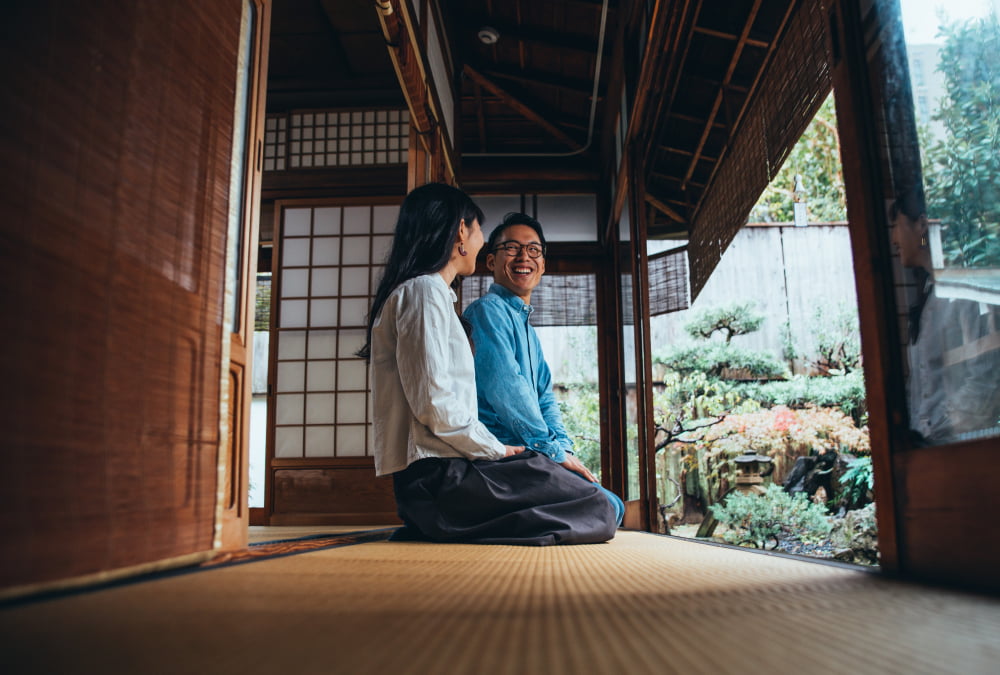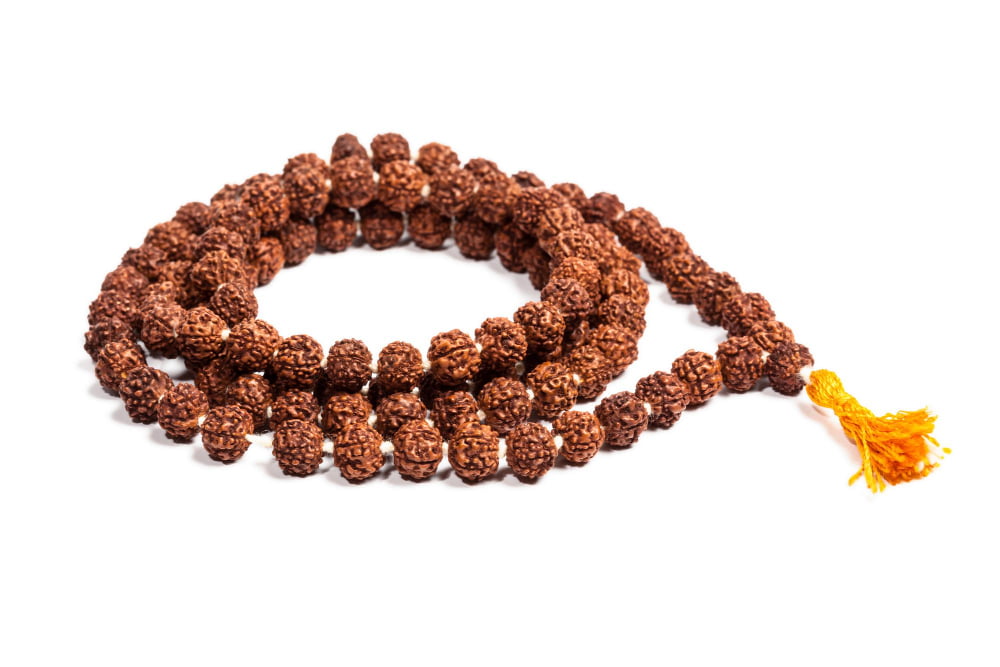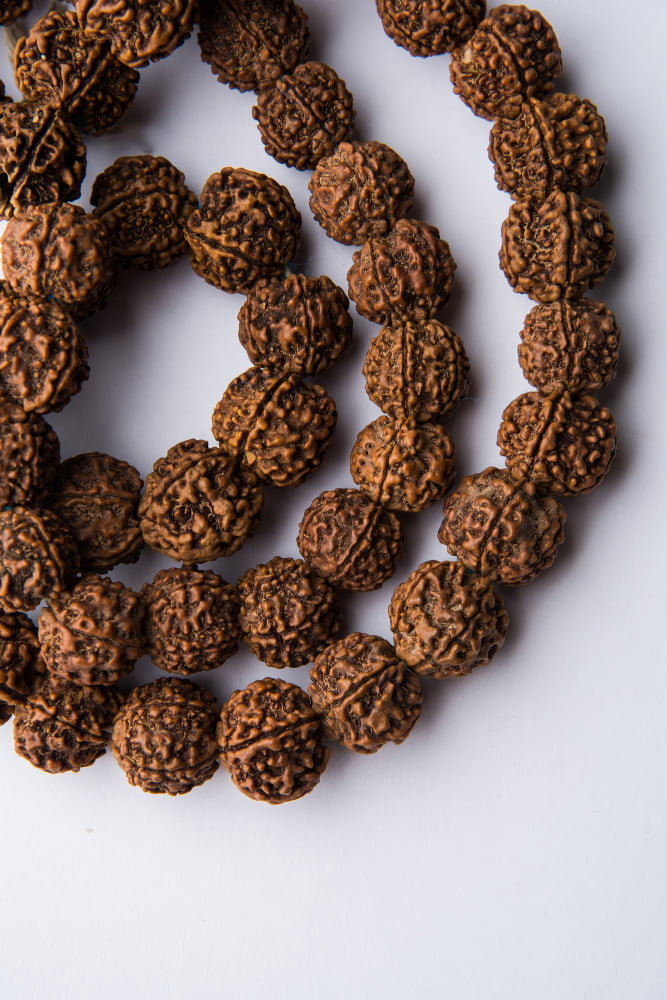Discover the powerful benefits of Japa meditation because it has the potential to transform your mind, body, and spirit, all while creating a sense of profound inner peace.
Japa meditation, originating from ancient Hindu traditions, is a form of mindfulness practice that involves the repetition of a mantra, a word or phrase with spiritual significance.
This practice aims to focus the mind, promote relaxation, and foster a deeper connection with one’s inner self.
If you’re seeking to understand the intricacies of Japa meditation, its benefits, and how to incorporate it into your daily routine, then you’re on the right path.
This article offers a comprehensive exploration of Japa meditation, providing practical steps for beginners and insights for those looking to deepen their practice.
Key takeaways:
- Japa Meditation uses mantra repetition as its principal method.
- Originated from ancient Hindu and Buddhist traditions.
- It aims to help find concentration and spiritual enrichment.
- The mantra can be a word, a phrase, or a sound repeated multiple times.
- It often involves the use of a string of beads, known as a Japa Mala, to keep count of the repetitions.
What Is Japa Meditation?

Japa Meditation is a spiritual practice that involves the repetitive utterance of a mantra, word, or phrase. It’s a form of meditation where your focus is on one sound, liberating your mind from distractions. This ancient technique births from Hindu and Buddhist traditions and is often used as a tool for concentration and spiritual plenitude.
Key points to remember:
- 1. Japa Meditation uses mantra repetition as its principal method.
- 2. Originated from ancient Hindu and Buddhist traditions.
- 3. It aims to help find concentration and spiritual enrichment.
- 4. The mantra can be a word, a phrase, or a sound repeated multiple times.
- 5. It often involves the use of a string of beads, known as a Japa Mala, to keep count of the repetitions.
- 6. It allows liberation from distractions for a focused mind.
Different Types of Japa

Diving into the sphere of Japa meditation, it’s important to realize that you have multiple paths to choose from. First, there’s Vaikhari Japa, a full-throated and sung chant to express devotion openly and audibly. This is followed by Upanshu Japa; this form is repeated subvocally or whispered, lending a sense of intimacy to the practice. The third, Manasika Japa, is purely mental creation, with no spoken words involved. And finally, we have Ajapa Japa, that happens continuously beyond conscious control; it is regarded as the pinnacle of Japa meditation.
Each type provides a unique experience, so feel free to experiment and find the one that resonates with you the most. Remember, the choice is always yours and there are no wrong choices when it comes to your personal meditation journey.
Practicing Japa Mantra Meditation

First, find a quiet, comfortable space free of distractions, where you can sit upright either on the floor or on a chair. Keep your back straight but not rigid, allowing your chest to open and deepen your breathing. Close your eyes and start to focus inwardly.
Now, hold the japa mala in your dominant hand (right hand for right-handed and vice versa). Use your thumb and middle finger to rotate each bead towards you after chanting the mantra, starting from the Guru bead. The index finger is typically not involved in the rotation process.
Begin by taking a few deep breaths, to help clear your mind. Start reciting your chosen mantra softly or in your mind, keeping your rhythm steady, focusing entirely on the sound and meaning of the mantra. Each bead should be turned at the recitation of the mantra.
Ensure you perform at least one full round on the mala beads, which equates to 108 recitations of the mantra. Turn the mala around once you hit the Guru bead to avoid crossing it. Feel the effects on your mind and body, improving concentration and creating a sense of calm.
Remember, the goal is not to rush through, but to remain conscious and mindful of the mantra throughout the practice. If your attention wavers, gently bring it back to the mantra, maintaining a non-judgmental attitude towards your wandering mind.
Using Japa Mala Beads

In Japa meditation, a mala, or string of beads, is often employed to help focus the mind. Each bead represents a syllable or mantra, serving as a tactile guide through your meditation and keeping the mind centered.
The mala is typically held in the right hand while the thumb moves over one bead with each recitation of the mantra. The index finger is often kept extended, not touching the beads. Once the full circuit of beads has been completed, if continuous meditation is desired, the direction is reversed rather than crossing over the ‘guru bead’.
This cycle helps to instill a strong sense of mindful tranquillity, establishing a rhythm that guides you deeper into introspection and focus. Remember, the power resides not in the beads themselves but in your intention and focus as you use them.
Ideal Time to Practice Japa Mantra Meditation

Meditation is a practice with flexibility, opening the doors for Japa mantra meditation to be practiced at various times throughout the day to align with your individual preferences and schedule. That said, certain moments of the day are considered especially propitious.
Dawn, just before sunrise, is often revered as the most beneficial period. This time, known as Brahma muhurta in Hindu philosophy, is believed to be incredibly peaceful and energetically ideal for spiritual pursuits.
The juncture between day and night, during dusk or dawn, is also a potent time, as transitional periods are thought to facilitate easier access to heightened states of awareness.
It’s also suggested that midnight, when the external world is quiet, can be a fruitful time for focusing on mantra recitation.
However, consistency is the key to routine practice. Choose a time that works best for you, ensuring that your Japa meditation can seamlessly fit into your everyday life, bringing about tranquillity and increased mindfulness.
Considerations When Practicing Japa Meditation

Bear the following points in mind during your Japa meditation:
1. Find a Calm Spot: Your environment significantly influences your meditative process. Choose a quiet, serene location for undisturbed sessions.
2. Optimum Sitting Position: Ensure you’re comfortable. Traditionally, cross-legged or in the lotus position is recommended. However, a comfortable chair works equally well.
3. Pronunciation of Mantras: Correct pronunciation of mantras maintains the sanctity and effectiveness of the practice. Aim for clarity and mindfulness, rather than speed.
4. Consistency and Timing: Similar to all forms of meditation, consistency is key. Decide upon and maintain a regular time for practice, ideally during early mornings or evenings.
5. Patience and Expectations: Understanding that results require time and are unique to every individual is crucial. Be patient, maintain your practice, and avoid measuring progress on a daily basis.
6. Use of Japa Mala Beads: Familiarize yourself with the use of Japa Mala beads for counting mantra repetitions. Beginning at the guru bead, turn each bead with your thumb and middle finger while reciting the mantra.
Remember, the process should be enjoyable and stress-relieving, rather than a rigid task.
Benefits of Practicing Japa

Delving into the practice of Japa offers a myriad of benefits focusing on both physical and mental wellness. For starters, it serves as a calming activity, significantly reducing stress levels and anxiety. This results in enhanced emotional stability and overall mood.
Secondly, the practice fosters a deepened sense of self-awareness and mindfulness. Through repeated mantra recitation, individuals become more attuned to their inner selves, fostering a profound sense of mental clarity.
In terms of physical health, it’s known to lower blood pressure, bolster the immune system, and even enhance sleep quality. For athletes or anyone involved in physical activities, it can also improve focus and coordination.
Lastly, the spiritual benefits of Japa are abundant. The practice has the ability to transform, enhancing an individual’s connection to their spirituality. Those who engage in it often find themselves experiencing a deeper sense of peace, contentment, and personal fulfillment.
Through both visible and intangible ways, incorporating Japa into daily routines can greatly influence one’s way of life in a positive manner.
Significance of 108 Beads in a Japa Mala

In the realm of spirituality and meditation, the number 108 carries significant merit. Each bead on the Japa Mala serves as a placeholder for repetition of the chosen mantra, with one full cycle amounting to 108 repetitions. Various theories explain this sacred number’s origin and continuing use.
According to Ayurveda, 108 marma points, or places of life-force energy, exist within the body. Repeating a mantra for each of these points can result in a powerful, holistic spiritual experience.
In Vedic cosmology, they believe that the distance between the Earth and sun is approximately 108 times the sun’s diameter, contributing to this number’s significance. Springing from astronomy, the number also resonates with the celestial harmony of our universe.
Furthermore, the ancient language of Sanskrit consists of 54 letters, each having a masculine (Shiva) and feminine (Shakti) form, summing to exactly 108. Therefore, each bead represents a unique energy that aids in harmonizing our inner and outer worlds.
Even within different belief systems, like Buddhism and Hinduism, the number 108 has paramount importance, appearing repeatedly in scriptures and practices, solidifying its relevance in Japa Mala meditation.
Activating a Japa Mala

To imbue a Japa Mala with your intention, begin with a cleansing ritual. This could involve bathing the Mala beads in salt water, letting them sit under moonlight, or even passing them through incense smoke. Each technique serves to purify and prepare the Mala for its upcoming use.
Next, state your personal intention or your desired outcome. This doesn’t need to be a loud proclamation; a quiet, internal declaration does just fine. Make sure your aim aligns with your truest needs and desires, and feel free to change it as you evolve in your journey.
Lastly, each time you use your Japa Mala for meditation, remember to welcome your intention. Essentially, you’re creating a strong link between the Mala and your meditative practice.
Choosing the Right Mantra for Japa Meditation

Selecting an appropriate mantra is key in Japa meditation. Mantras are phrases or words that carry a spiritual vibration and deep meaning.
While some practitioners may assign you a mantra, you can also choose your own. It should resonate deeply with you, invoking positivity and peace.
Commonly used mantras include “Om,” “So Hum,” and “Om Namah Shivaya.” Regardless of your choice, ensure it’s one that complements your spiritual journey.
The mantra should be silently repeated during meditation to promote concentration and a sense of tranquility. Sound is potent; the unique vibration of each mantra promotes certain energy, aligning with your intent and inner state.
Above all, the mantra chosen must naturally encourage mindfulness and a deeper connection to your self and the universe.
FAQ
What is the technique of japa?
Japa is a meditation technique that entails the repetition of a mantra either verbally or internally, which can be practiced while seated and still or in coordination with other yoga and meditation methods.
What is difference between japa and meditation?
Japa refers to the repetition of a mantra, while meditation, also known as Dhyana, involves focusing on the form of a divine entity and its attributes, with or without the inclusion of Japa.
What is the concept of japa?
Japa is a concept prevalent amongst Nigerian youths, representing the action of quickly escaping or disappearing from a situation in a hasty and urgent manner.
How does japa meditation influence one’s mental health?
Japa meditation significantly improves mental health by reducing stress and anxiety, enhancing mindfulness, promoting emotional stability, and fostering sharper concentration.
What is the history and origin of japa meditation?
Japa meditation originates from ancient Hindu traditions, where practitioners use a string of beads, known as a mala, to count repetitions of a mantra as a form of spiritual discipline.
Are there any scientific studies supporting the benefits of japa meditation?
Yes, scientific studies suggest that japa meditation can improve cognitive function, reduce stress, and promote overall well-being.